Dotted through the Scottish Highlands there remain fragments of Caledonian pine woodland whose origins can be traced back to the temperate rainforest that covered much of the country after the last ice age. Often surrounded by Scots pine plantations and land overgrazed by deer, they’re a last refuge for many threatened species.
Abernethy National Nature Reserve includes one of the largest remnants of this ancient woodland. Decades of work by RSPB Scotland and others is restoring and expanding it.
The project, which now has a 200-year plan, is based on carefully encouraging natural processes to flourish, making it perhaps Britain’s most successful example of the ‘rewilding’ concept so far.
“With the [ancient] pine wood expanding, that’s allowing other species to expand their range and spread as well,” says Tors Hamilton from Cairngorms Connect, a large-scale ‘habitat restoration’ partnership between Abernethy and neighbouring land managers. “There’s been a lot of work and research going on – and it’s still continuing today – looking at how we enable those natural processes to expand and continue.”
With this focus on restoring natural processes, such as allowing trees to seed and spread themselves, the Abernethy reserve encompasses many of the aims of the rewilding movement. At the same time, Abernethy’s hesitancy to call itself a rewilding project gives an inkling of the underlying tensions that often surround this approach to regenerating wilderness.
Read more of the ideas you need to know in 2021:
- How swarm spacecraft could help us understand Earth like never before
- Rise of the Clones: 7 ways cloning is already happening
- The cracks in cosmology: Why our Universe doesn't add up
- Phobias, paranoia and PTSD: Why virtual reality therapy is the frontier of mental health treatment
What is rewilding?
In the years since the term ‘rewilding’ was first coined by US environmentalist Dave Foreman in the early 1990s, people have struggled to agree on what it means. When it began the movement focused on the ‘three Cs’.
“Core protected areas (kind of no-go zones for people), then large carnivores and the connectivity between those habitats,” says Dr Andrea Perino from the German Centre for Integrative Biodiversity Research.
The aim of rewilding was to create self-sustaining ecosystems that could return to pre-human levels of biodiversity, but the idea evolved as it spread. In 2015, environmental historian Prof Dolly Jørgensen found six uses of the word, from ‘productive land abandonment’ to ‘releasing captive-bred animals into the wild’.
In Britain, writer and environmentalist George Monbiot helped to popularise the term with his 2013 book Feral, which advocated for allowing nature to re-establish itself and the reintroduction of large wild animals, such as lynx, beavers and wolves, to Britain.
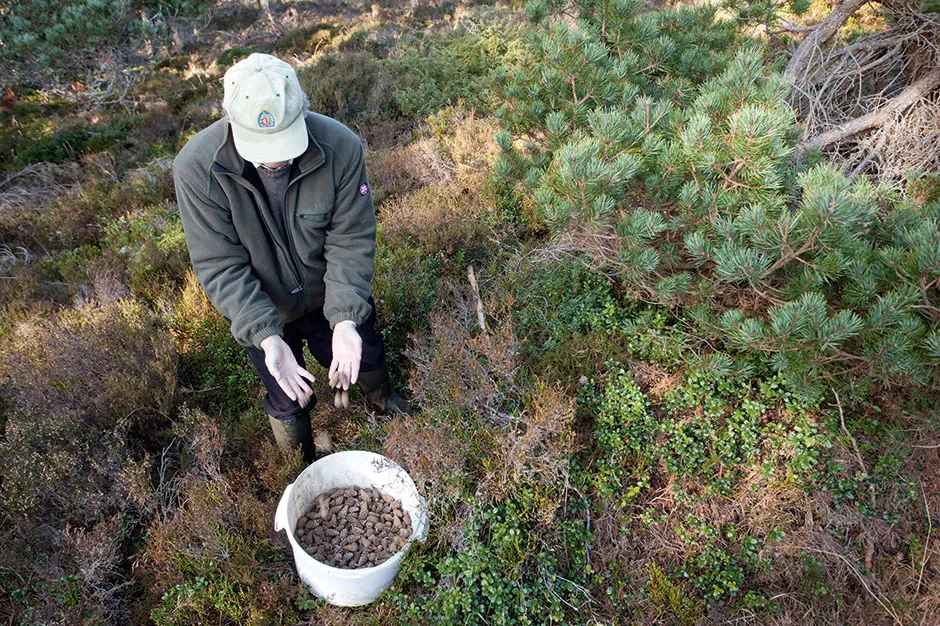
More recently, Sir David Attenborough adopted the term in the documentary A Life On Our Planet, his much-lauded ‘witness statement’ for the environment. “So what do we do?” he asked, after an hour journeying through the enormous biodiversity loss the world has experienced during his 94 years. “To restore stability to our planet we must restore its biodiversity, the very thing that we’ve removed… We must rewild the world.”
In their 2019 paper on rewilding, Perino and her colleagues outlined a framework for how they thought it could be implemented in a way that also considers ongoing human interaction. “We started to try and find the different components that need to be there to help an ecosystem to be resilient,” she says.
The researchers landed on three key components that allow ecosystem functions to regenerate and sustain themselves. The first, says Perino, is to have enough species at different levels of the food chain, from predators to decomposers, and enough ‘redundancy’ so that several species are available to play similar roles.
Secondly, connections between ecosystems are also needed, she says, so species can move between them.
Finally, allowing natural disturbances, such as floods or fires, to occur increases the resilience of wildlife and helps to ensure one species doesn’t dominate.
Rebecca Wrigley is the chief executive of Rewilding Britain, a charity formed in 2015 following the success of Monbiot’s book. For her, rewilding means a large-scale restoration of ecosystems that reinstates natural processes to the point where nature can take care of itself, meaning everything from ensuring rivers are free-flowing to restoring “natural levels” of herbivores and predators.
Bringing back the animals
The reintroduction of large animals is what most often leads to controversy around rewilding projects, as many focus on predators, such as wolves and lynx. This can generate strong opinions from all quarters and tensions with farmers, who can see these reintroductions as both affront to their heritage and a threat to their livelihoods.
This is one reason why Cairngorm Connect prefers to use the term ‘habitat restoration’ to describe what’s being done in the Abernethy National Nature Reserve, even while others celebrate it as a successful example of rewilding.
“Within rewilding and a lot of rewilding projects worldwide, the reintroduction of apex predators in particular is often quite high on the agenda. [But] isn’t within our plans at the moment,” says Hamilton.
Rewilding projects focus on reintroducing wolves, lynx and other predatory animals because they’re often ‘keystone species’ that occupy an essential role in the natural ecosystem. Apex predators, such as lynx, keep the numbers of herbivores, such as deer, down, which triggers a ‘trophic cascade’ that indirectly benefits a wide variety of other plants and animals.
In practice, in Britain at least, rewilding projects have so far tended to focus on returning herbivores, such as beavers and more recently bison, to the landscape, rather than predators.
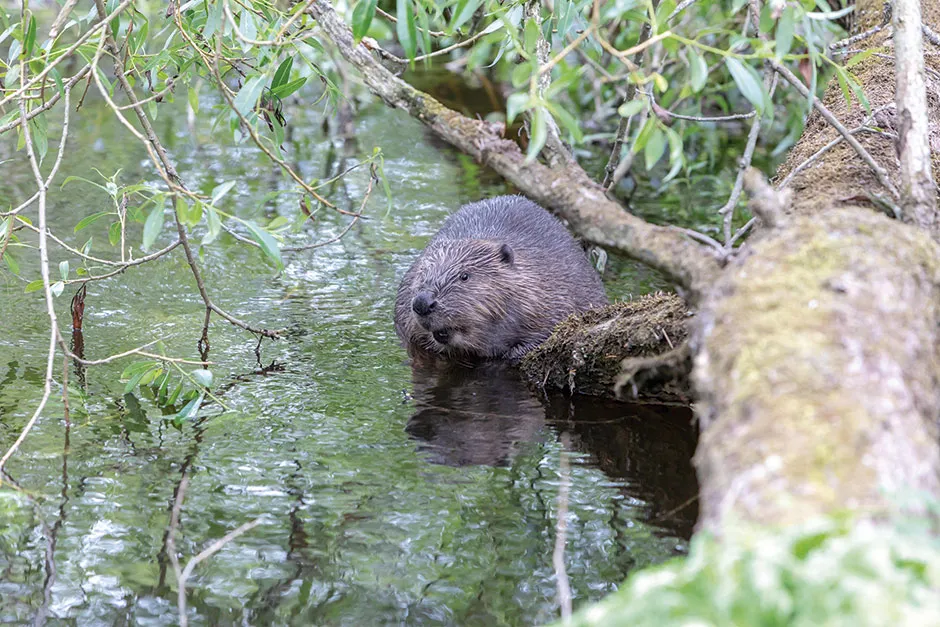
But groups such as the Lynx UK Trust are pushing to release Eurasian lynx, following reintroductions in Germany, France and Switzerland. “There’s no point [introducing predators] against public opinion because they’ll just end up getting shot,” says Wrigley. “But I think public opinion is changing.”
The connectedness of the European mainland means reintroductions by humans are not always necessary for predators to return to an area, though. “For Europe’s mainland, carnivores are just coming,” says Frans Schepers from Rewilding Europe, noting the recent return of wolves to the Netherlands. “If you provide the safety and the habitat, species will come – most of that happens on its own.”
In France, wolf populations have grown rapidly since they returnedfrom Italy in 1992, with sheep and goat farmers saying their herds are suffering rising attacks. “Of course, it can be controversial because people are just not prepared for it,” says Schepers.
But there are other ways to compensate for a lack of apex predators, although it’s not the hands-off approach favoured by rewilding. In Abernethy, for example, an essential part of the restoration project has been establishing a management plan to address the high numbers of deer that were preventing young tree seedlings coming up.
The deer are now culled and sold for venison, both providing jobs and bringing in revenue for the project, says Hamilton.
Rewild for the climate
Rewilding is also increasingly receiving attention for its potential to help mitigate climate change. Research has shown that degraded landscapes that have been restored have huge potential for sequestering carbon and can play a part in protecting people from the impacts of a changing climate. Planted – or rewilded – trees, for example, absorb and store carbon as they grow, and can also reduce the risk of flooding.
Scientists in Brazil recently found that restoring the most promising 15 per cent of ecosystems, including former forests, degraded grasslands and wetlands, could sequester 30 per cent of all CO2 released since the Industrial Revolution, and avoid 60 per cent of expected extinctions. Restoring tropical forests tended to bring the most carbon benefits, the researchers found.
Another paper found that simply stopping disturbances (by getting rid of grazing cows, for example) and letting pastures regrow naturally as forests could absorb the equivalent of a quarter of global fossil fuel emissions per year up to 2050, while maintaining current levels of food production.
A key message was the huge differences in how much carbon could be captured. “The highest [amounts] are in the places that you’d expect, so the tropics are much higher than the more temperate forests,” says lead author Dr Susan Cook-Patton, from The Nature Conservancy. “But what’s really cool is the variation at smaller scales. It’s really good for helping to find those locations with the greatest potential carbon on a per-hectare basis.”
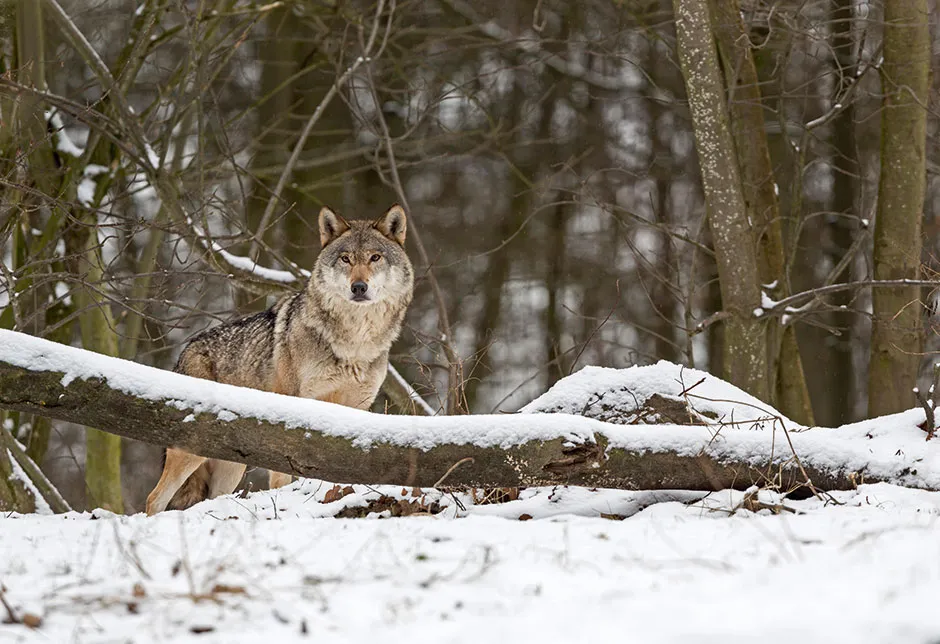
In the UK, for example, carbon absorption rates could more than double depending on the location. “Our map can help people determine whether there are locations that will optimise biodiversity benefits and carbon benefits at the same time,” says Cook-Patton.
Research like this could be useful as countries attempt to balance different priorities for land use. But even small areas of rewilded land – such as an untouched garden – can add up to make a big difference climate- and biodiversity-wise.
A single square metre of grassland can contain over 40 plant species, compared to the one or two found on garden lawns, leading to a cascade of benefits for insects and other animals.
Reducing fertiliser and herbicide use in your garden and leaving even small areas to grow naturally (or mowing less often) can do wonders for local wildlife, such as hedgehogs and birds. Meanwhile across Britain, stretches of roadside are being turned over to wildflowers under different, more effective, management approaches than the usual 12 or so verge-cuttings per year.
A larger change in animal fauna around the world could also make a difference for the climate. Replacing the huge numbers of methane-emitting cattle globally with lower-emitting large herbivores, such as horses and rhino, would significantly reduce overall methane emissions, according to a 2018 scientific review.
And rewilding the world’s tropical forests with large, fruit-eating mammals, such as elephants and American tapirs, could have a greater impact on the climate than tree-planting schemes, it said, because these animals are crucial to the seed dispersal of hardwood tree species.
Read more about planting trees:
- Can planting billions of trees help tackle climate change?
- I’m 47. How many trees would I need to plant to carbon offset my life?
Planting vs rewilding
Whether on a large or small scale, rewilding focuses on how to restore ecosystems, rather than individual species. Advocates argue its low-cost, widespread benefits are often a better bet than concentrating on a single species or meeting fixed tree-planting targets.
In the UK and elsewhere tree-planting has captured the public imagination. The UK government’s target to plant 30,000 new hectares of trees per year is a key part of its climate strategy and has public support. A global initiative to plant one trillion trees within the decade, launched at the World Economic Forum in January 2020, is another of a whole host of tree-planting initiatives.
There’s certainly a place for tree-planting where natural forest regeneration is unlikely to work, such as in urban parks or areas far from natural seed sources. “If you have really degraded conditions, or no seed sources, you’re not going to get a forest coming back,” explains Cook-Patton. “And you’d need to actively plant at that point.”
But many argue tree-planting isn’t always the best approach. For one thing, research has shown that natural forest regrowth tends to result in better biodiversity outcomes. Cook-Patton says that’s because people often plant just a handful of tree species, representing only a fraction of what a forest would have previously contained. “The more tree species you have, usually the more animal species you can support,” she says.
Other research has found commercial tree plantations are much poorer at storing carbon than natural forests. Scientists are also concerned that a fixation on tree-planting could result in non-native trees being planted on savannahs or grassland, causing disruption for local species.
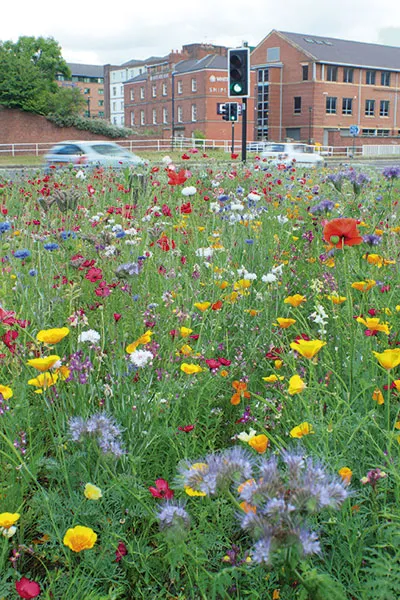
There’s also the cost of planting trees compared to letting nature to do the job. “We like to think that we need to plant trees, but nature has been planting trees forever, all on its own,” says Cook-Patton.
Supporters of rewilding say regenerated land can also be used to generate income. But this relates to what we, as a society, choose to value. Some governments are already changing how they subsidise land, following the example set by countries such as Costa Rica, which has been paying landowners to protect their forests for decades.
In Britain, the departure from the EU has opened up a space to rethink how to spend the £3bn a year in UK agricultural subsidies previously distributed by the EU’s Common Agriculture Policy (CAP). The UK government has proposed a ‘public money for public goods’ policy, with funds rewarding carbon sequestration, air and water quality, and improved access to the countryside. “If that’s implemented as it’s proposed we think that could be a great incentive for change,” says Wrigley.
Meanwhile, some landowners are experimenting with how to generate income from private rewilding schemes, such as the 1,416-hectare (3,500-acre) Knepp Estate in West Sussex. Previously an arable and dairy farm, it was turned over to wildlife in 2001.
Fences were removed, allowing the estate’s cattle and pigs to roam freely, and deer and Exmoor ponies (acting as proxies for the extinct wild horse) were introduced to cause helpful natural disturbance through their grazing and trampling. Knepp Estate’s owners, Charlie Burrell and Isabella Tree, now earn money by running a glamping site and ecotourism business, as well as selling animal products made from the free-roaming livestock.
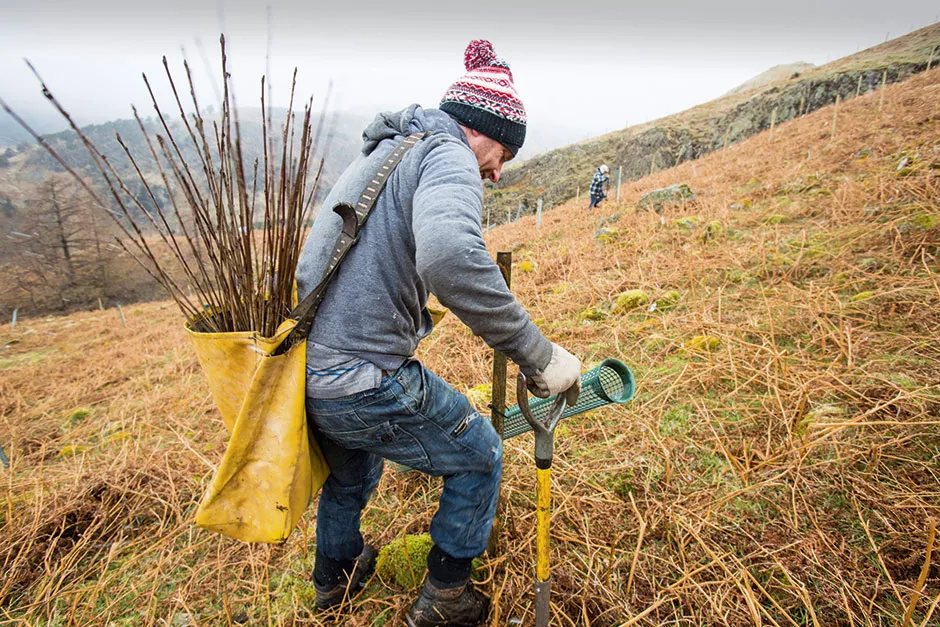
An important part of rewilding that has changed, at least for some, from the initial concept is the inclusion of people. A criticism often levelled at rewilding is that it focuses on returning to landscapes untouched by people and so risks disempowering local communities.
But Wrigley argues rewilding must include people. “It’s not to take people out of the landscape and forbid them from touching or entering it,” she says, pointing to how low-impact agroforestry and agriculture can be compatible with rewilding. “There’s a spectrum of restoring those natural processes and we see some forms of landscapes that are productive as part of that.”
To its advocates, rewilding goes further than traditional conservation to recognise the vast scale of the ecological disaster the world is now facing. It aims to bring back nature as much and as fast as possible. But it’s also about trusting nature, according to Schepers. “We should stop treating nature as a sick child,” he says. “Nature is our ally.”
- This article first appeared inissue 358ofBBC Science Focus Magazine–find out how to subscribe here
